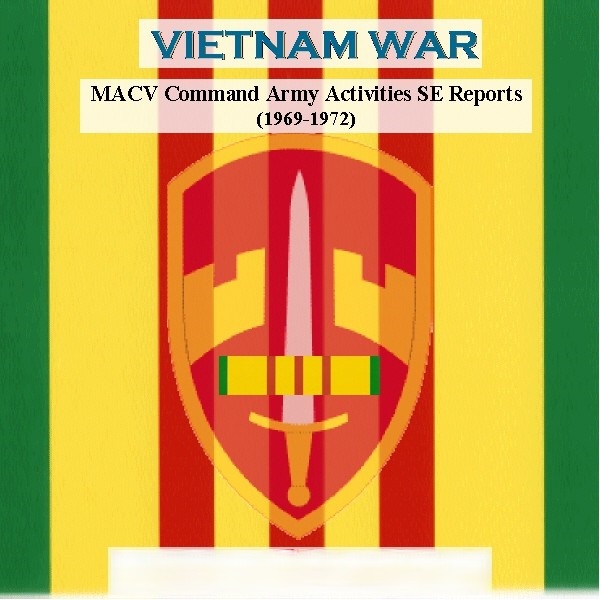
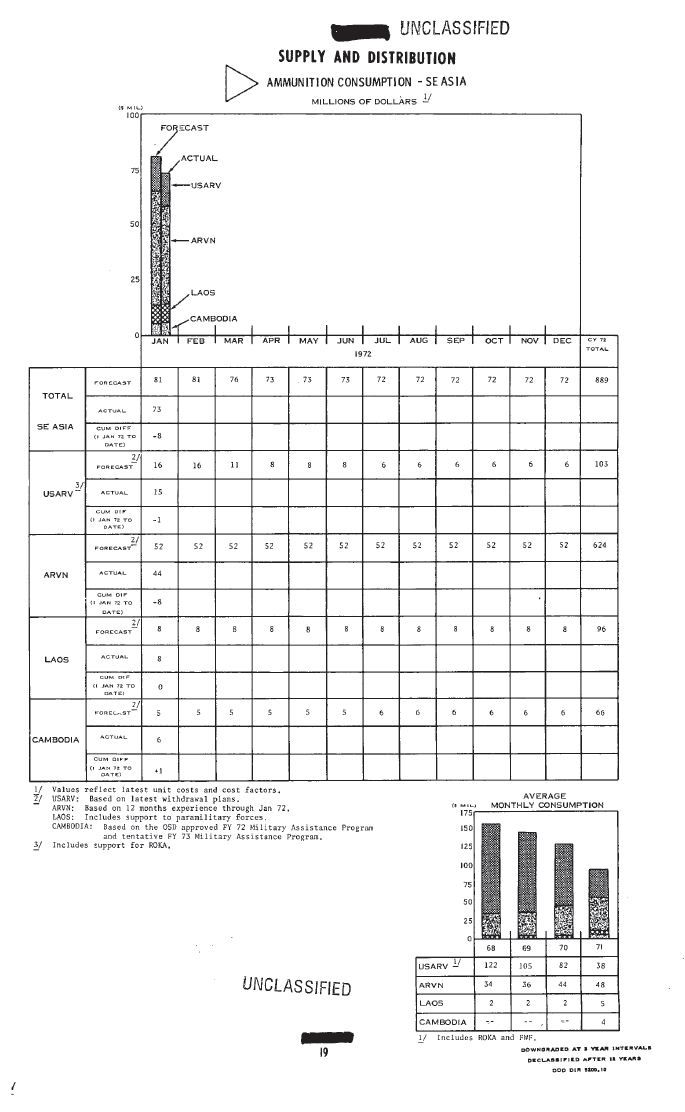
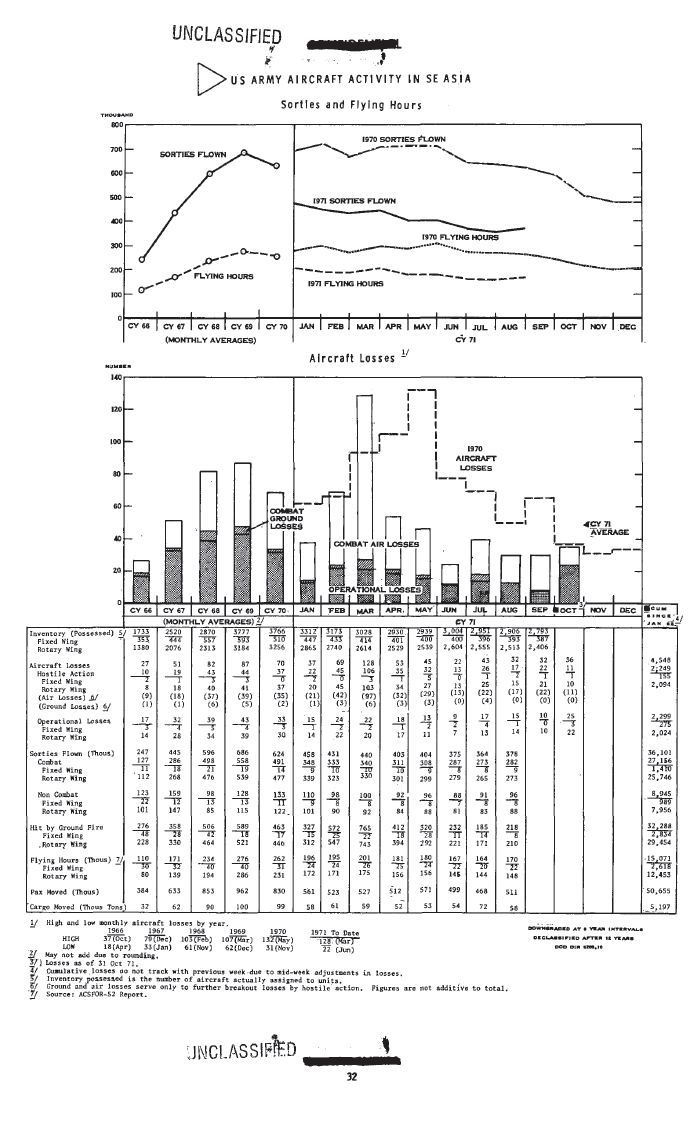
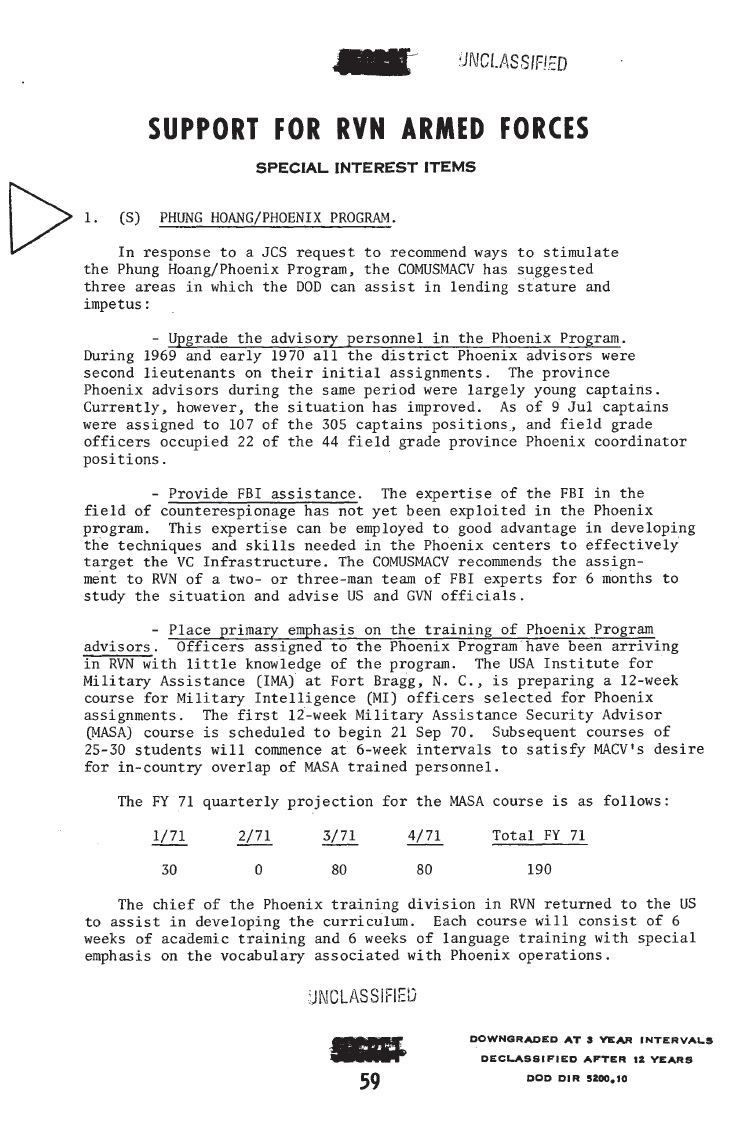
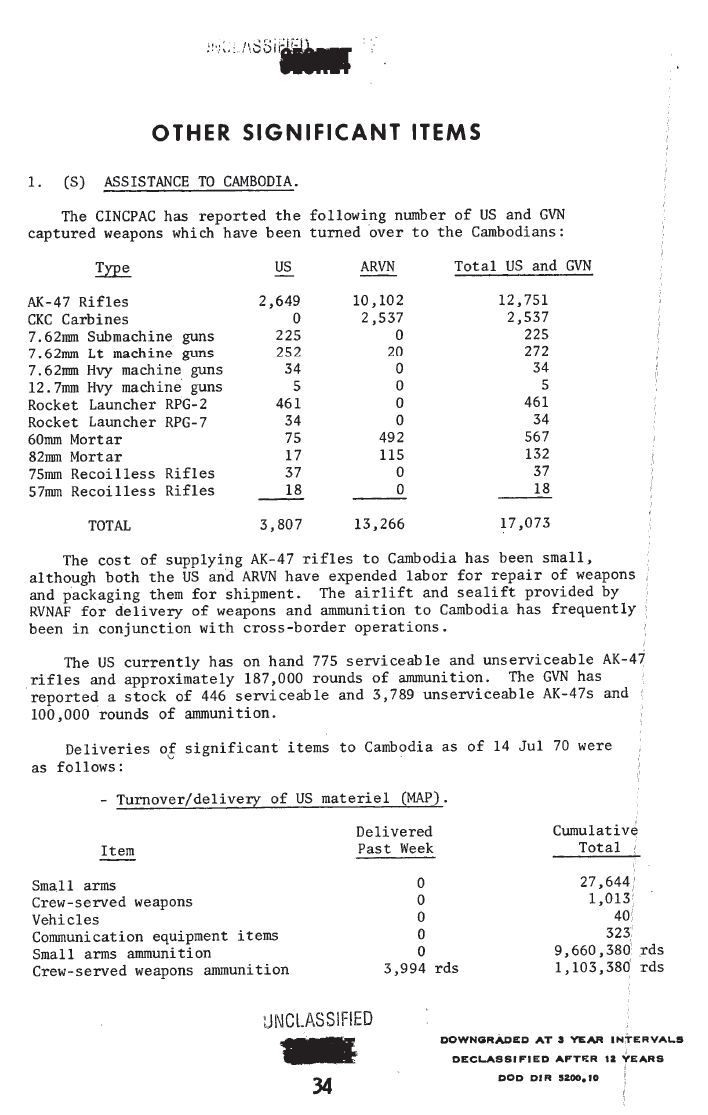
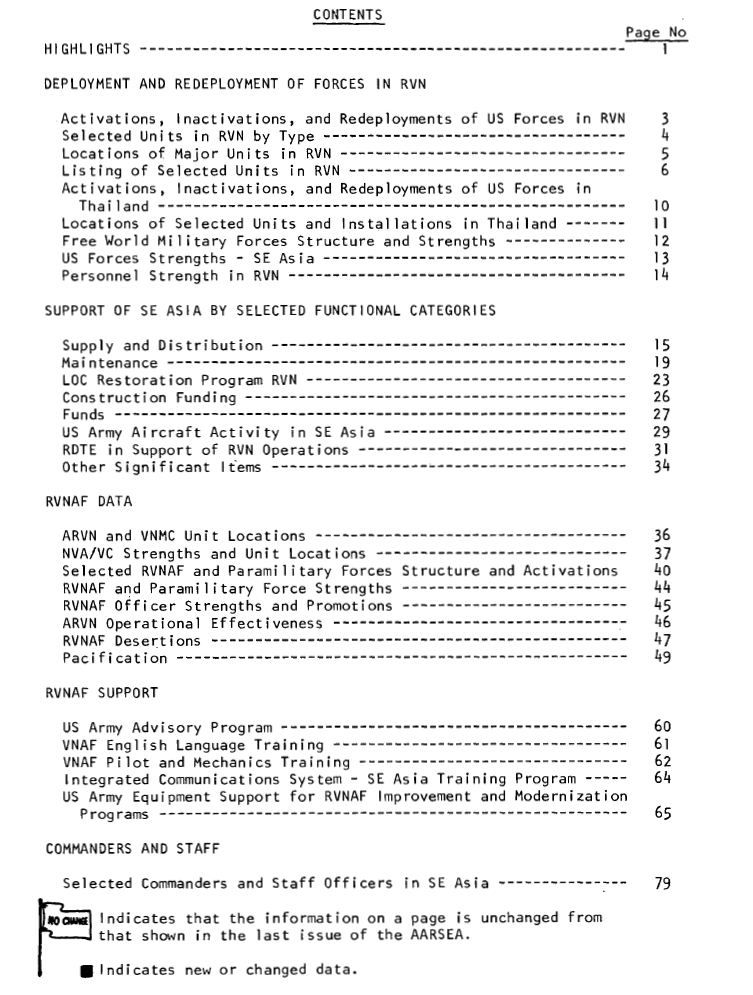
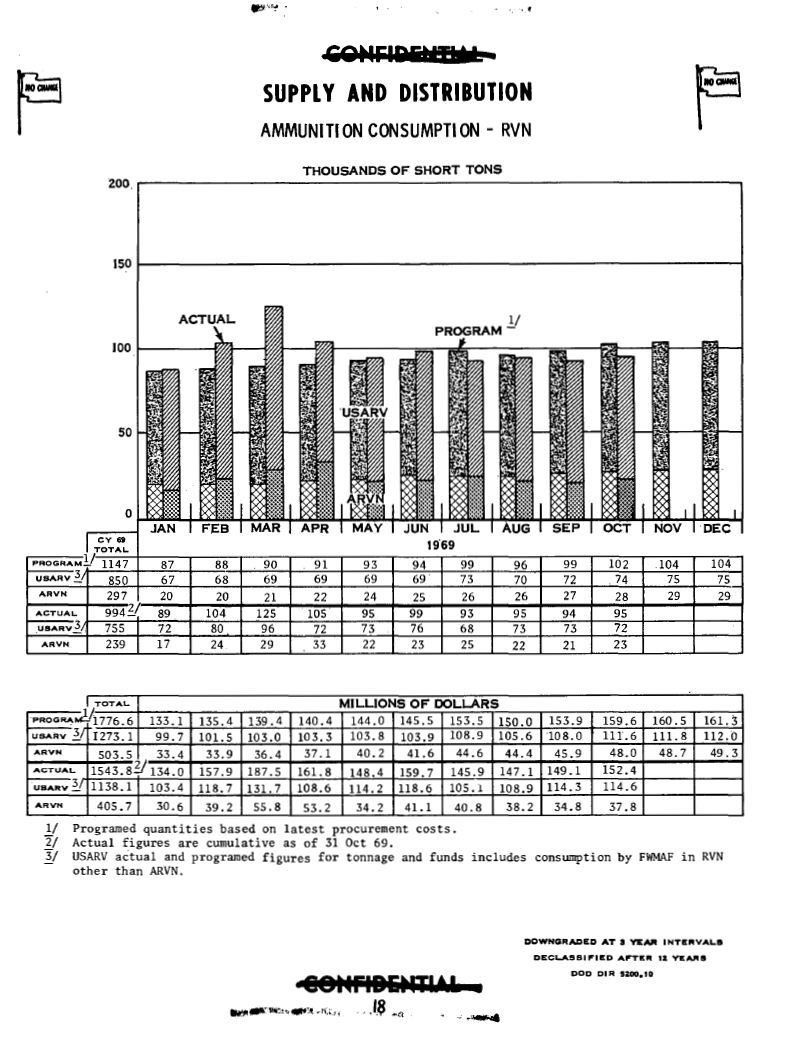
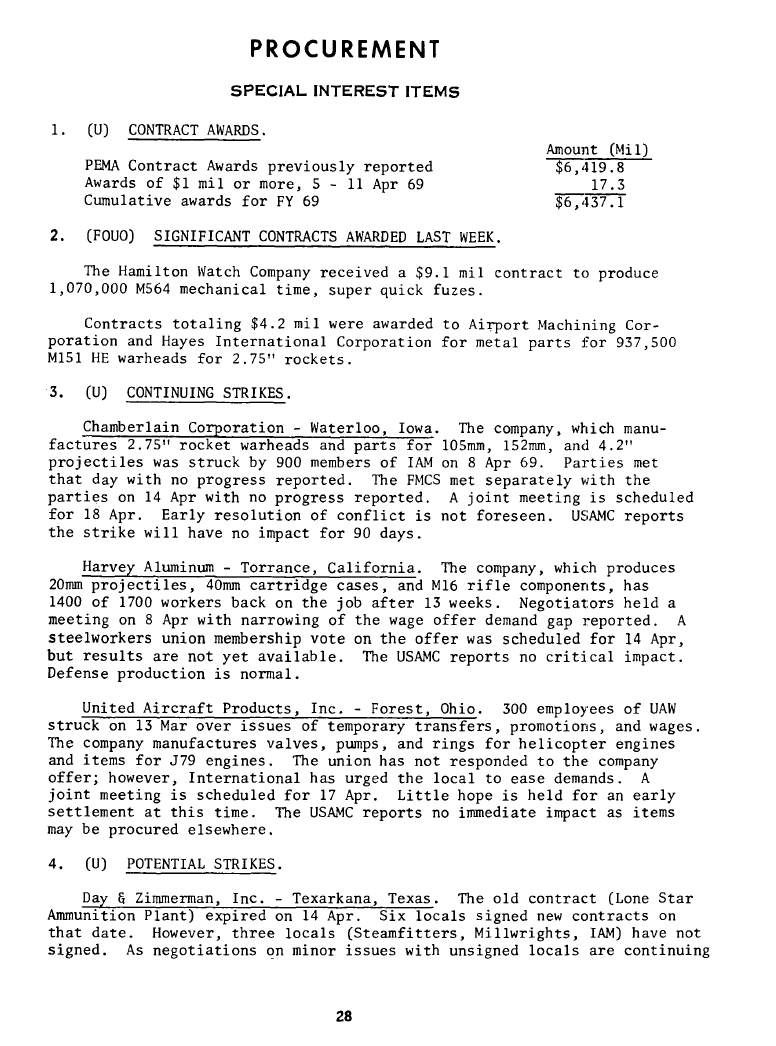
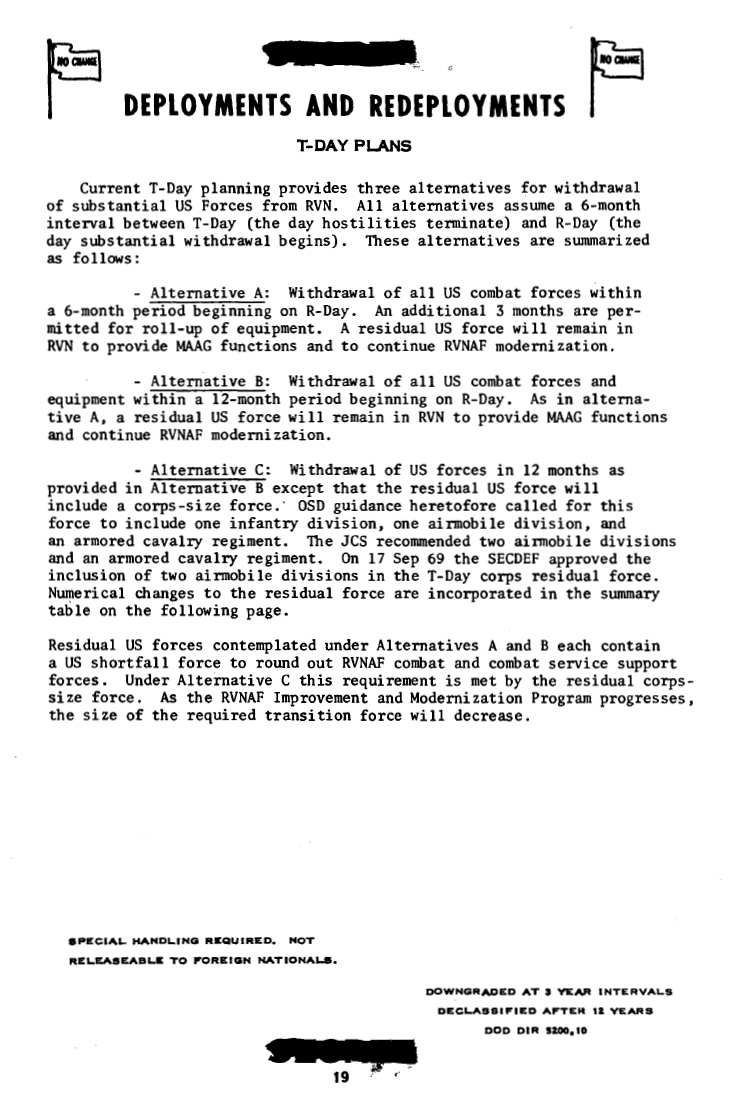
Vietnam War MACV Command Army Activity Summaries (1968-1972)
$19.50
Description
A collection of 7,650 pages of weekly and bi-weekly reports, spanning January 3, 1968 to December 20, 1972, details the activities of the Military Assistance Command, Vietnam (MACV). These 83 reports, some only declassified in 2006, present graphical data on Army operations.
The “Army Activities Report: SE Asia” (AARSEA), previously known as the “Army Build-Up Progress Report,” ran from August 11, 1965 to December 20, 1972, providing timely information to high-ranking Army and government officials. It also served as a key management tool for various agencies.
The reports tracked progress on US Army missions in Southeast Asia, focusing on supporting US and allied forces, the Vietnamization process, improving security and development in South Vietnam, troop withdrawals, and activities in Cambodia and Laos.
The data includes force deployments and redeployments in South Vietnam, unit locations, troop strengths (US and allied), personnel details, and organizational structures. The documents detail Southeast Asian support categorized by function: supply, maintenance, infrastructure repair in Vietnam, construction funding, finances, US air activity, research and development for Vietnam, and other key areas.
Data on the Republic of Vietnam Air Force includes unit locations, enemy troop strength and locations, force structures and deployments, personnel numbers, officer promotions, operational effectiveness, desertions, and pacification efforts.
US support for the RVNAF encompassed advisory programs, language training, on-the-job training, pilot training, and equipment support for modernization.
Finally, support for other forces covered Khmer training, Cambodian military aid, and Laotian material aid programs.
MACV Command Army Activities in Vietnam (1968-1972)
- August 11, 1965: The “Army Build-Up Progress Report” is initiated, the precursor to the Army Activities Report: SE Asia (AARSEA), to provide information to key Army officials. This marks the beginning of consistent reporting on the US Army’s involvement in Southeast Asia.
- January 3, 1968: The first of the MACV (Military Assistance Command, Vietnam) Command Army Activities SE Reports covered in this collection begins. These reports continue on a weekly or bi-weekly basis.
- 1968-1972: The MACV Command Army Activities SE Reports provide data on:
- Support of US Army and Free World Military Armed Forces operations in Southeast Asia.
- Vietnamization efforts, focusing on the improvement and modernization of the Republic of Vietnam Armed Forces (RVNAF)
- Programs by the Government of the Republic of Vietnam (GRVN) aimed at improving security and development.
- Preparation for and execution of phasedowns, troop reductions, and redeployments from Vietnam.
- Key events relating to the Khmer Republic (Cambodia) and Laos.
- Development and redeployment of US forces in the Republic of Vietnam (RVN).
- Locations of major and selected units in RVN and Thailand.
- Strength and structure of US Forces, Free World Military Forces, and personnel in RVN.
- Data on support activities such as supply, maintenance, construction, and funding.
- US Army aircraft activity and RDTE (Research, Development, Test, and Evaluation) support in RVN.
- Republic of Vietnam Air Force (RVNAF) information, including unit locations, strengths, desertions, officer promotions, and training.
- Information on North Vietnamese Army (NVA) and Viet Cong (VC) strengths and locations.
- US Army advisory programs and support of RVNAF modernization.
- US support for Khmer training, military assistance in Cambodia, and material aid in Laos.
- December 20, 1972: The final AARSEA (Army Activities Report: SE Asia) was published, marking the end of this specific reporting series.
Cast of Characters
This section lists the principal people and entities mentioned in the documents, along with brief descriptions of their roles.
- Secretary of the Army: A high-ranking civilian official within the Department of the Army who receives the reports and relies on them for information and guidance. The reports were designed to provide this office with up-to-date data.
- Chief of Staff of the Army: The top uniformed officer in the US Army. The reports were designed to provide this officer with up-to-date data.
- Key Department of the Army Officials: Various personnel within the Department of the Army who would use the reports to make decisions.
- US Army Staff: The headquarters staff of the US Army, responsible for planning and overseeing army operations. This group relied on these reports for management and insight.
- Joint Staff: The staff that assists the Chairman of the Joint Chiefs of Staff, responsible for joint military operations across all branches of the US military. This group was a recipient and user of the report data.
- Military Assistance Command, Vietnam (MACV): The US military command in charge of all US military activities in Vietnam during the war, the organization that is responsible for producing the reports.
- Republic of Vietnam Armed Forces (RVNAF): The combined military forces of South Vietnam, including:
- Army of the Republic of Vietnam (ARVN): The South Vietnamese Army, the primary ground force.
- Republic of Vietnam Air Force (RVNAF): The air force of South Vietnam, supported by the US military.
- Vietnamese Marine Corps (VNMC): The Marine component of the RVNAF.
- Government of the Republic of Vietnam (GRVN): The South Vietnamese government whose development and security was of key concern in the reports.
- North Vietnamese Army (NVA): The army of North Vietnam, the primary enemy of the US and South Vietnamese forces.
- Viet Cong (VC): The communist guerrilla forces operating in South Vietnam, allied with the NVA.
- Forces in the Khmer Republic (Cambodia): Forces and concerns within Cambodia that were reported on due to their proximity to the Vietnam conflict.
- Forces in Laos: Similar to those in Cambodia, the reports would also monitor the forces and circumstances in Laos as it related to the overall conflict.
- Free World Military Forces: Military forces from allied countries other than the US who were involved in the Vietnam War, and who were included in the data and reports.
Related products
-
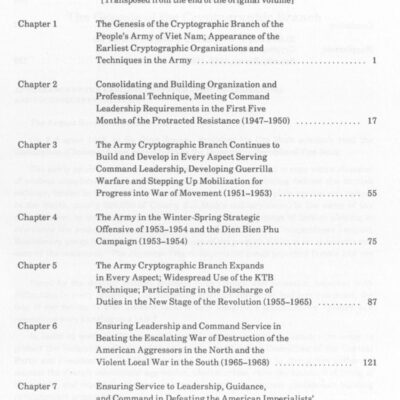
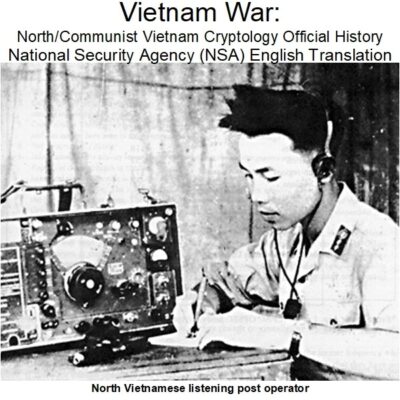
Vietnam War: Cryptology in North Vietnam – NSA Official History
$4.90 Add to Cart -
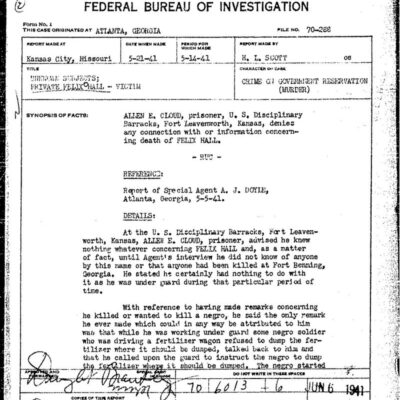
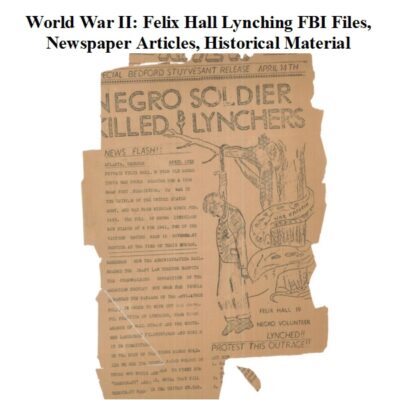
World War II: Felix Hall Lynching – FBI Files, Articles, Historical Records
$9.99 Add to Cart -
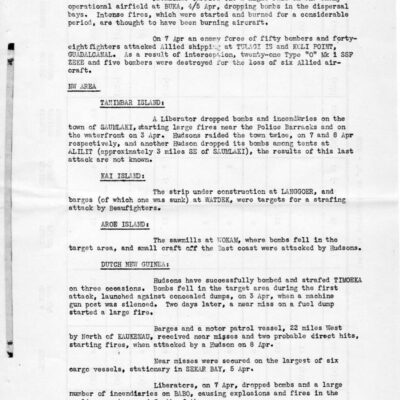
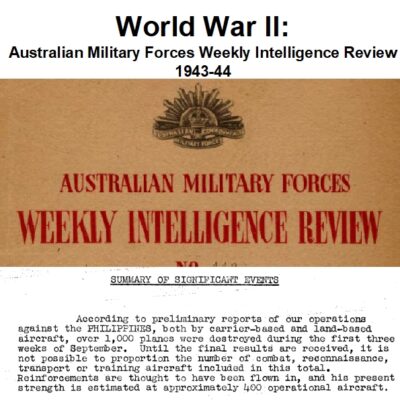
World War II: Australian Military Weekly Intelligence Reports 1943-44
$3.94 Add to Cart -
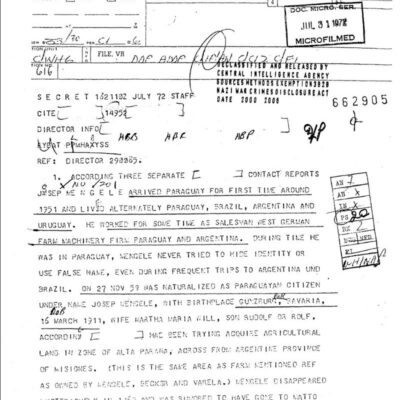
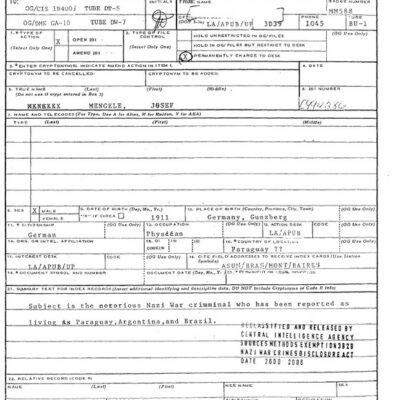
Josef Mengele CIA Files
$19.50 Add to Cart